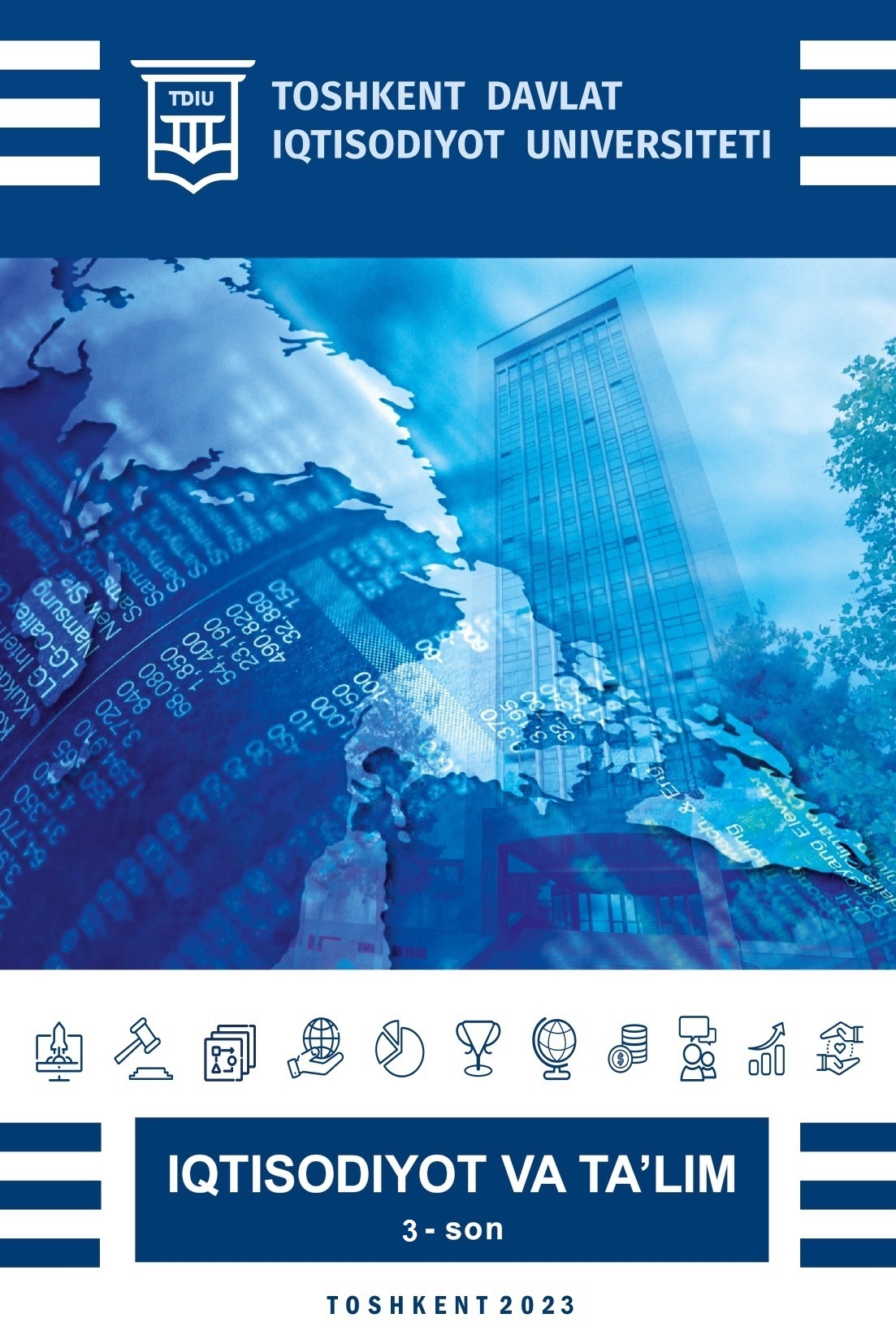Abstract
Many tasks related to the development of sustainable electric energy, sustainable production, improvement of the population's well-being, improvement of the economic situation of the population were solved, and some priority tasks for the coming decades were determined. There is no doubt that in order to improve the economic situation of the country, we need to change our attitude towards nature, the ideas of new green economy and sustainable development should be discussed in the general council of all countries. Carbon dioxide (CO2) emissions are part of the problem that all countries are struggling to identify and reduce emissions. While studying and discussing the manuscripts of advanced countries, we tried to apply them to Uzbekistan. To do this we have used the comparative analysis methods. By contrasting the carbon dioxide (CO2) emissions in central Asian countries in different sections.
This study analyzes the impact of carbon dioxide (CO2) gas on the country's gross domestic product and how much it has been in recent years. Also, the factors causing the release of carbon dioxide gas into the air are analyzed and several new opinions and suggestions are mentioned. In one word, in this article we have paid attention mostly CO2 emissions, renewable energy and its importance for the central Asian countries and their border countries, effects of carbon dioxide to the gross domestic products of the central Asian countries, types of CO2 emissions and their pros and cons for the countries especially Uzbekistan, Kazakhstan, Kyrgyzstan, Turkmenistan, Afghanistan, Tajikistan.
References
Sh. M. Mirziyoev. (2019). President. В S. M. Mirziyoev, Action plan (Tashkent ). Uzbekistan: On the measures to increase the effectivness of the reforms implemented in the Republic of Uzbekistan to tranzistion to a "Green economy" by 2030.
Sh. M. Mirziyoev. (2022). President . In S. M. Mirziyoev, Action plan ( Tashkent ). Uzbekistan : State program on implementation of the new Uzbekistan development strategy for the years 2022-2026 in the "A year of human attention and quality education.
World bank, (2022). World bank . Data collection : https://ourworldindata.org/
Created by the outhor. (2021). Data collection . Получено из This table was created by the author by using data which was given Our World in Data based on the Global Carbon Project (2022).
German National Action Plan on Energy Efficiency (NAPE). (3 December 2014). Organization. Germany: Action plan .
Germany. (2014). State. In Germany, Action plan. Germany: Action Programme on Climate 2020, APC.
Created by the outhor . (2021). Data collection . Получено из Source: Data compiled from multiple sources by World Bank, Our World in Data based on the Global Carbon Project.
Created by the outhor. (2022, april ). Data collection. Retrieved from www.macrotrends.net, https://ourworldindata.org/, http://data.worldbank.org/
Data compiled from multiple sources by World Bank, O. W. (2021). Retrieved from https://ourworldindata.org/
Data compiled from multiple sources by World Bank, Our World in Data based on the Global Carbon Project. (2019). Data collection. Retrieved from Data compiled from multiple sources by World Bank, Our World in Data based on the Global Carbon Project: https://ourworldindata.org/about

This work is licensed under a Creative Commons Attribution-ShareAlike 4.0 International License.
Copyright (c) 2023 Economics and education
